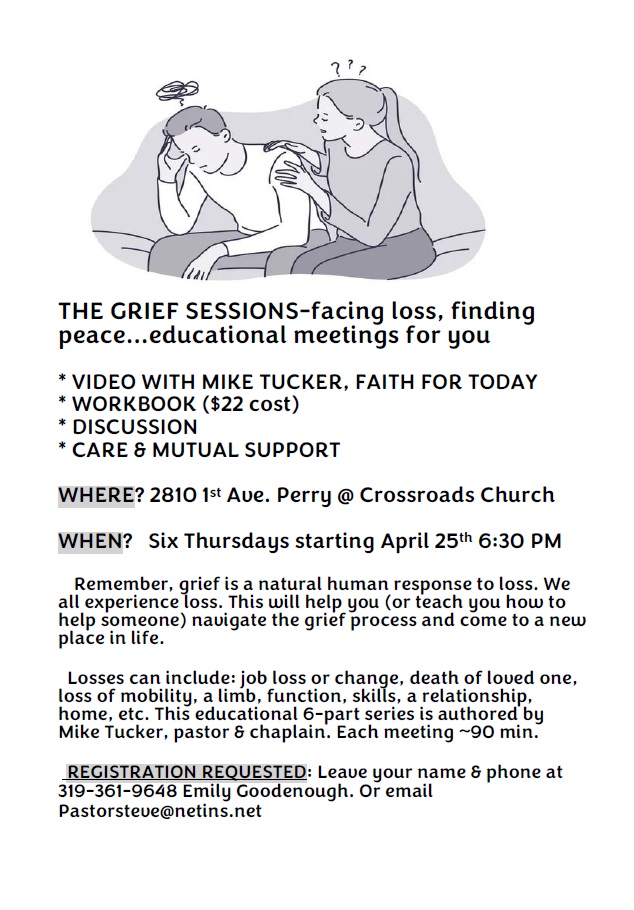Amid all the national and international turmoil, youth violence is rising. Violence witnessed by teens as well as violence personally experienced has become a serious public health problem.
Violence is an adverse experience with the potential to derail normal psychological development in teenagers.
Adverse childhood experiences (ACE) have been shown to have long-lasting negative impacts on both physical and emotional health.
Youth violence is common and is becoming more so. Social media publicizes incidents of violence and in some ways normalizes aberrant behavior. As a result, adolescents come to think of physical aggression as acceptable.
Nationally, homicide is the third-leading cause of death for persons age 10-24, and the leading cause of death among African American youth.
Here are six strategies for you to prevent the continuation of youth violence.
• Cultivate a healthy, protective family environment.
• Provide rich learning opportunities in early childhood.
• Encourage school-based activities.
• Connect youth to caring adults.
• Provide safe physical and social community spaces.
• Increase accessibility to mental health treatment.
A pattern in these prevention strategies is the involvement of caring adult mentors in the lives of our youth.
If we’re interested in the future of our community, we must invest in the well-being of our young people.
Ann Cochran is the health navigation coordinator, in the Dallas County Public Health Department.

















